A Conundrum….My Husband, His Bees and My Roses
Do you know what the definition of the word ‘conundrum’ is?
I do. Actually, I had to look it up – but it basically means a “difficult situation”. That sums up what I am facing in my back garden.
Here are the ‘parts’ that make up my conundrum:
First, there is my wonderful husband….
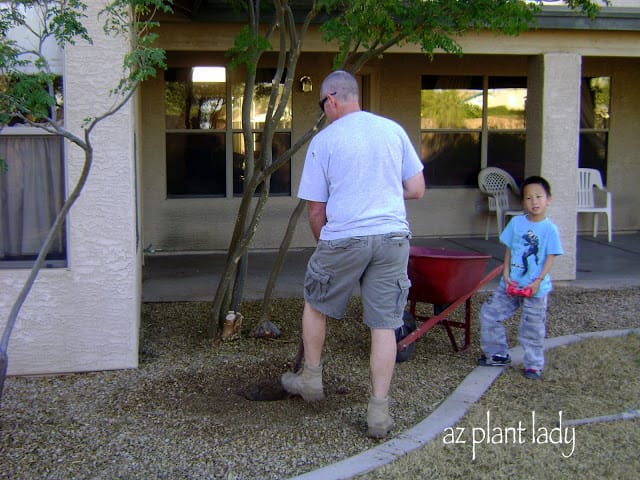
You may have noticed that he is bit camera-shy when it comes to appearing on my blog 😉
The second part is the nest box that my husband made to attract leaf-cutter bees.

As you can see, there are already some occupants in some of the larger holes.
You may be wondering why my husband is trying to attract leaf-cutter bees. Well, he has recently become interested in beekeeping and is considering raising honeybees someday.
In the meantime, he decided that he would try to attract leaf-cutter bees.
I was more then happy to encourage him in his experiment. Leaf-cutter bees are important pollinators, are non-aggressive and rarely sting.
But, that was then……
Do you know what else leaf-cutter bees do?

Like their name suggests, they cut circular sections out of leaves which they use to line their nests with. They then store a supply of pollen and nectar, lay eggs and then leave.
Now my husband’s nest box is located right above my roses….
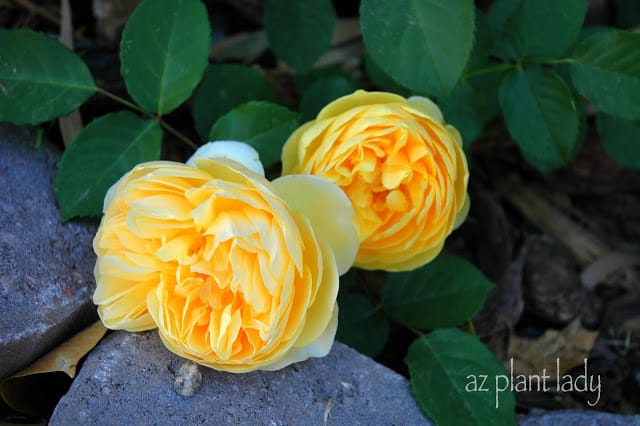
Guess what a leaf-cutter bee’s favorite type of leaf is?
You guessed it….rose leaves.
So, you see what my conundrum is?
I want to be a supportive wife…
I want pollinators in my garden…
Bees are in huge trouble and their populations are declining and I’d like to help…
I don’t mind some holes from leaf cutter bees, which won’t hurt my roses. However, I would rather not have too many holes cut out of my rose leaves…
So, what should I do?
I will ask my husband if he wouldn’t mind moving his nest box elsewhere in the garden. That way my roses will not get too ‘holey’, I’ll still have pollinators in my garden and my husband still gets to have fun attracting leaf-cutter bees.
I think that works, don’t you?
*************************************
Roses can handle a fair amount of activity from leaf-cutter bees, although too many holes will affect the health of your roses. Remember that it is leaves that make the ‘food’ for your plants.
I don’t like to use pesticides if I can help it in the garden, but they wouldn’t help me against leaf-cutter bees. Since the bees don’t actually eat the leaves, the pesticide is useless. **More importantly, I don’t want to harm the bees, so I wouldn’t use pesticides against them, regardless.
If you don’t want to see any holes in your rose leaves, you can cover them with cheesecloth or fine netting to keep the leaf-cutter bees away (as people who exhibit their roses in shows do).
**So how about you? Have you experienced a conundrum in the garden? Who or what was involved? I would love to hear about it 🙂

 Noelle Johnson, aka, 'AZ Plant Lady' is a author, horticulturist, and landscape consultant who helps people learn how to create, grow, and maintain beautiful desert gardens that thrive in a hot, dry climate. She does this through her consulting services, her online class Desert Gardening 101, and her monthly membership club, Through the Garden Gate. As she likes to tell desert-dwellers, "Gardening in the desert isn't hard, but it is different."
Noelle Johnson, aka, 'AZ Plant Lady' is a author, horticulturist, and landscape consultant who helps people learn how to create, grow, and maintain beautiful desert gardens that thrive in a hot, dry climate. She does this through her consulting services, her online class Desert Gardening 101, and her monthly membership club, Through the Garden Gate. As she likes to tell desert-dwellers, "Gardening in the desert isn't hard, but it is different."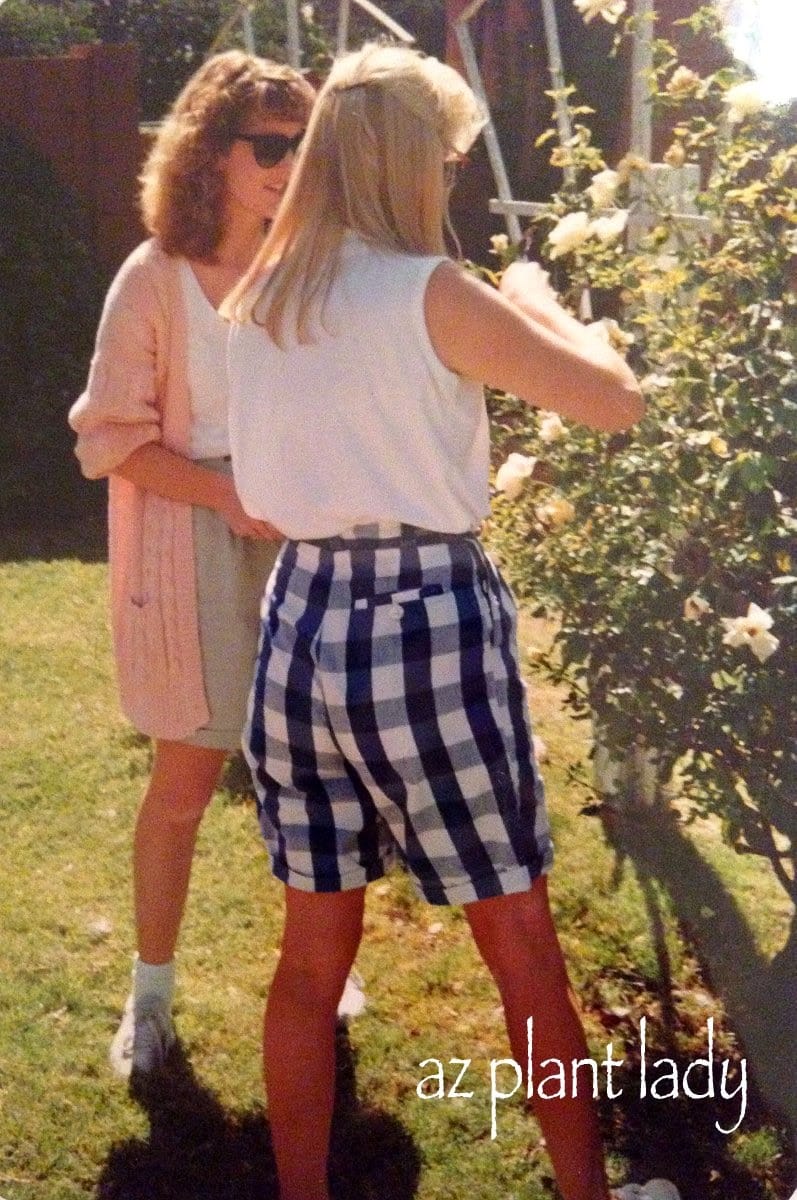
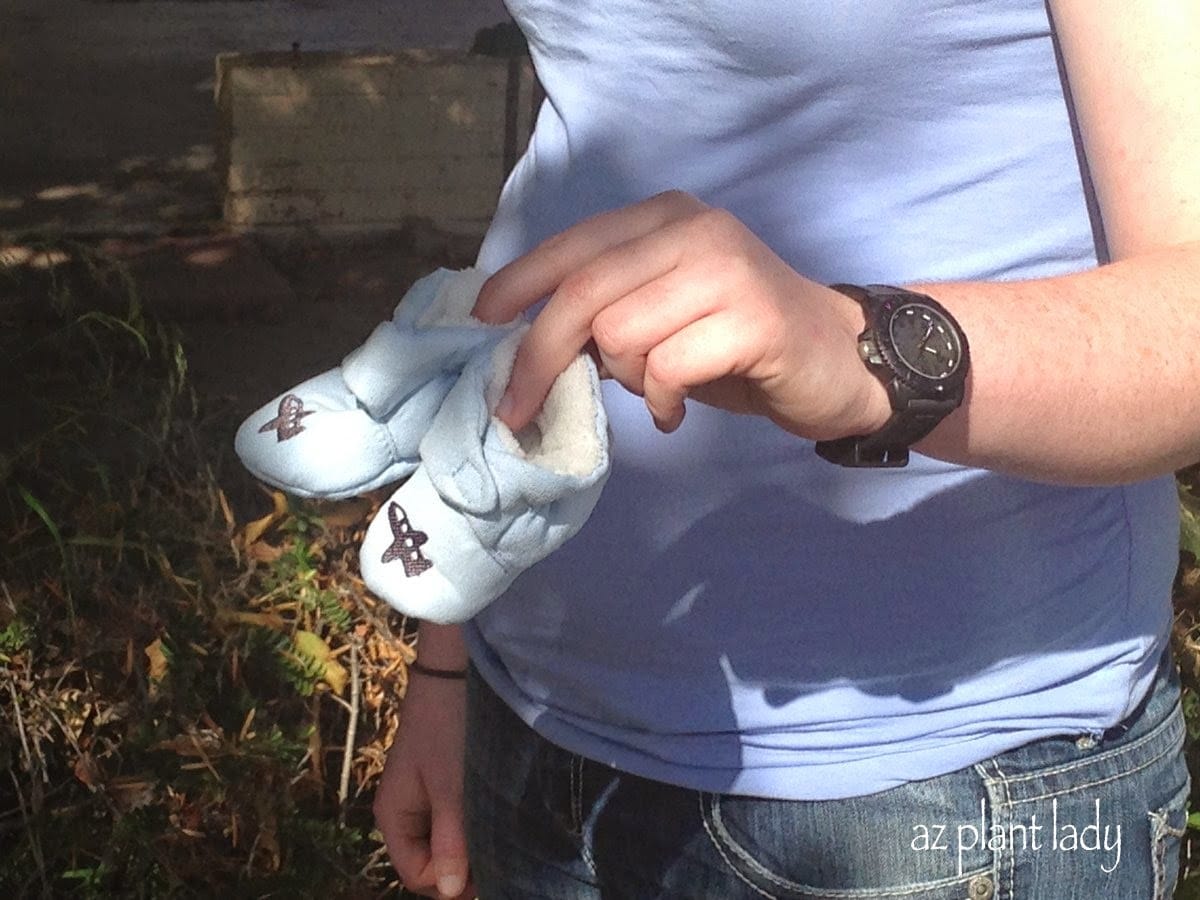
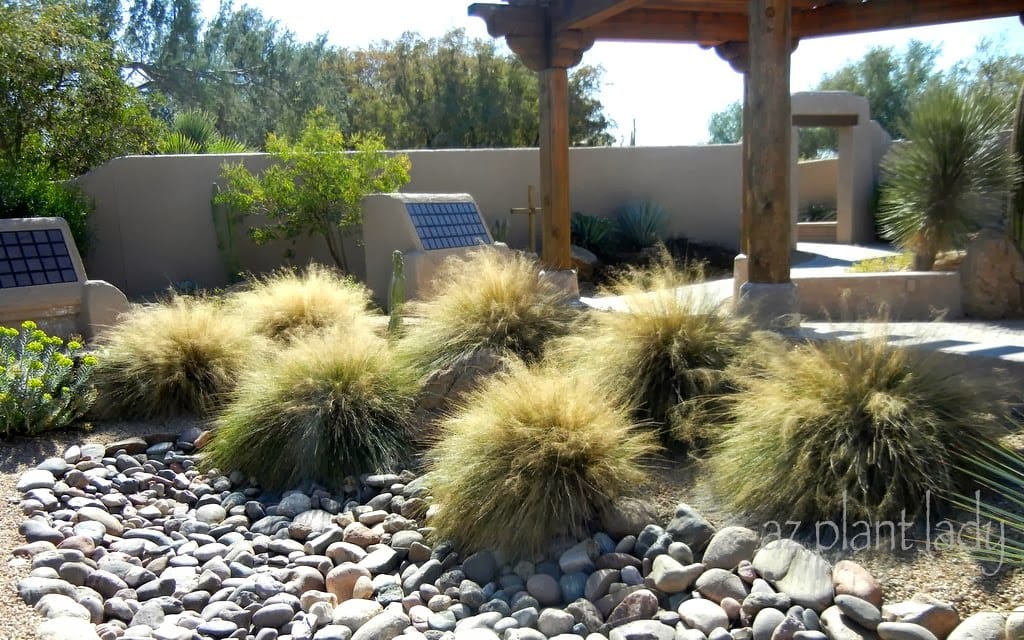

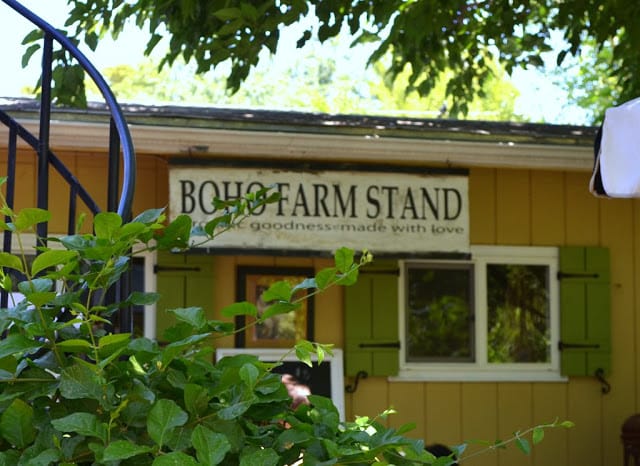









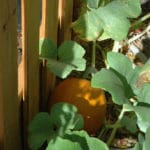
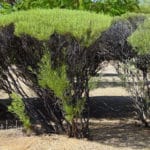
Our conundrum involves a paddle cactus in the courtyard outside my husband's office window. It gets a lot of water and has grown to 4 ft tall. My husband wants to cut off new growth to keep the size down. I'm afraid it will kill it. I don't know if we can transplant it to a place with more space. Suggestions?
Well, there was the time I put an herb garden next to the birdbath with parsley for caterpillars….
Birds were flying in for a drink and a snack.
This reminds me of hubby's reaction when I told him I was trying to attract woodpeckers. They'll peck the house, he said!
Hello Bonnie,
You certainly do have a conundrum 🙂
I am assuming that you are referring to a Prickly Pear cactus. You can safely remove new growth. To slow down the growth, you can cut down the amount of water that it receives. You can transplant Prickly Pear, but make sure to leave it out in a shady, dry spot for at least 1 week before planting it elsewhere.
I hope this helps solve your 'conundrum'
Noelle
Noelle, I've been trying to rethink my relationship with insects that nibble on my plants since I read Doug Tallamy's *Bringing Nature Home,* where he focuses on the importance of herbivore insects in the ecosystem. Like you, I'm trying to distinguish between cosmetic concerns (e.g., I don't like the way those nibbled leaves look) and situations that are actually harmful to the plant, but it can be a fine line. -Jean
To you it's a decoration (and an imported one at that) to the bees a necessity –
I'm biased, of course, but native bees can be so much more interesting than roses….
http://arizonabeetlesbugsbirdsandmore.blogspot.com/2011/04/swarm-of-solitary-bees.html
Margarethe has some wonderful pictures up. I miss our leafcutter bees. We had a few in the last garden. Those circles in the rose leaves touch me as 'sealed with a loving kiss from a happy Mother Nature'
Dear Noelle, I think moving the nest solves your conundrum. Interesting and informative! P. x
As usual Noelle, your blogs are very timely. I was wondering what was eating the leaves.
Not sure I know what cutter bees are, but there were bees that were prevailant a month ago around the Texas sage, before the wind blew off the flowers.
I started to notice the bit leaves. (was kinda hoping they were caterpillars cuz we just don't have enough butterflies!)
Thank you for so much good info!